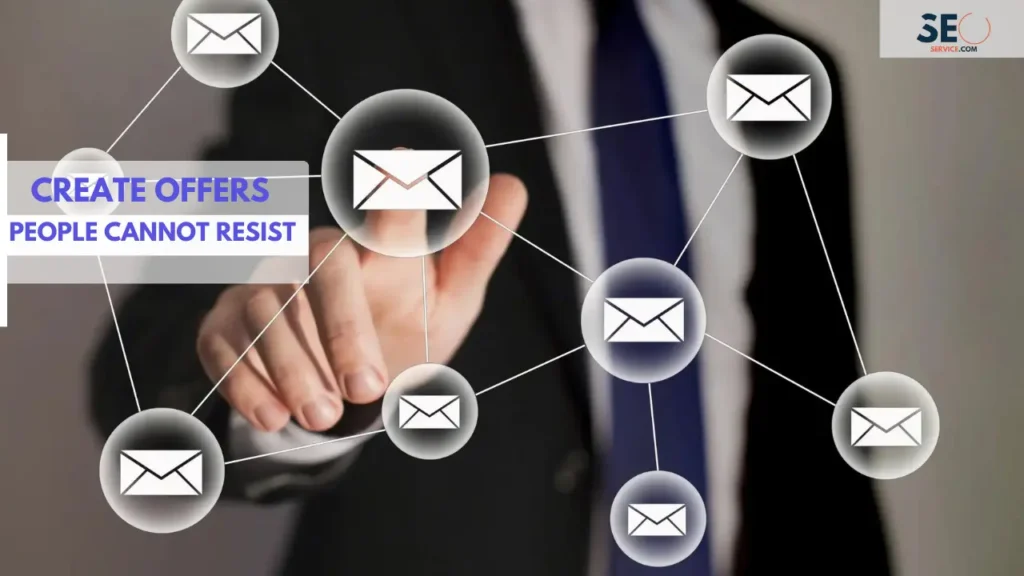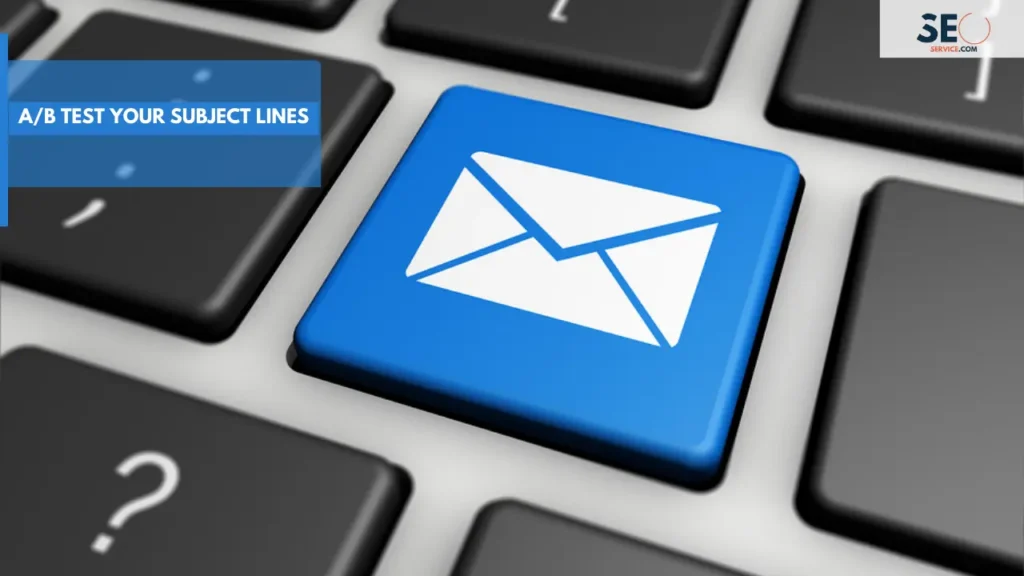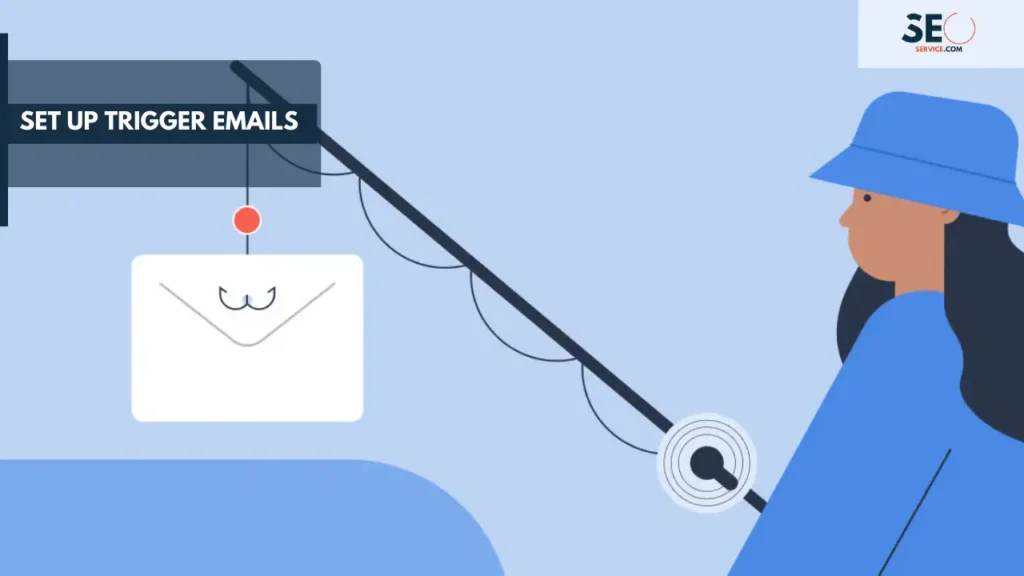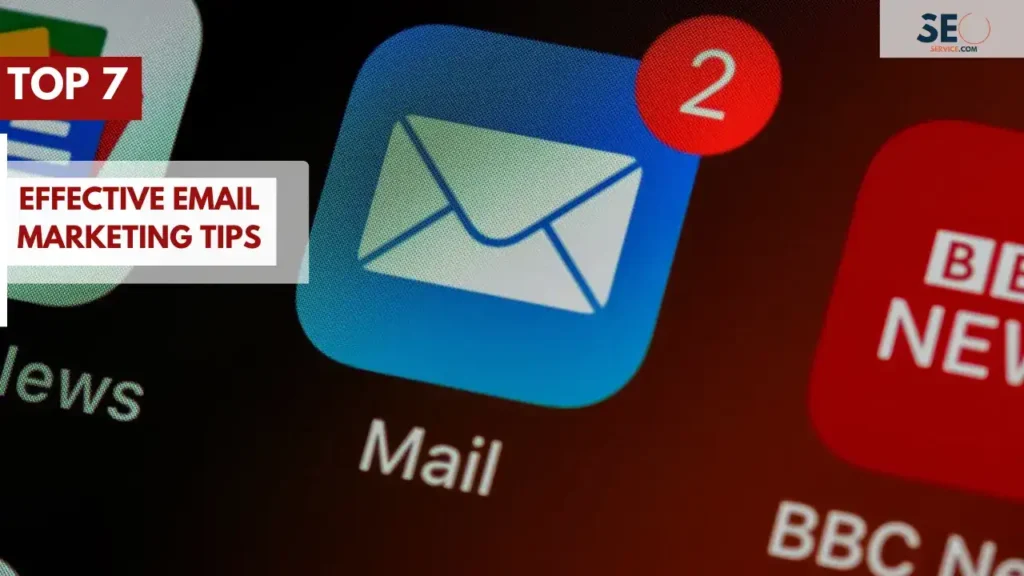Do you know that 69% of businesses use email marketing to engage with their customers and business partners. The top goals for businesses using email marketing are growing and retaining customers, increasing engagement, and selling products and services.
Some people argue that the practice of email marketing is dead, but marketing statistics prove otherwise. In fact, in 2014, a study found that email marketing was three times more effective than using social media to engage with customers. Orders resulting from email marketing campaigns were also 17% higher on average than orders obtained through social media marketing.
And it does not end there. A report from The Radicati Group, Inc. in Palo Alto, CA found that worldwide email users will continue to grow at an annual pace of 3% through 2021.

Marketing efforts using email marketing, however, are not created equal. Marketers may find their email marketing attempts falling flat leaving them feeling frustrated and less than excited about email marketing.
So, what sets successful email marketing apart from run-of-the-mill marketing attempts?
Read on to find out how to use effective email marketing tips and tricks to improve your marketing campaigns, engagement and revenue.
Here are Our Top 7 Effective Email Marketing Tips
Successful effective email marketing tips first and foremost take into account the needs of your target audience. Content, the number of emails sent, and the size and type of your business will all impact your email marketing strategy. When you’re ready to craft an effective marketing email, follow these essential email marketing tips and tricks.
The article provides seven key tips for effective email marketing, including growing your email list, creating irresistible offers and finding the right time to send emails.
1. Always Grow Your Email List
Provide your customers with multiple opportunities to sign-up to receive emails from your company. Utilize multiple marketing channels to promote the benefits of signing up to receive emails from your company as well.
You can grow your email list by placing subscription links on your website, attending events and using social media platforms for lead collection.
We also have a subscribe section on each of our blogs that live in the sidebar navigation:

Customers frequent these pages in order to learn more about your company. Placing subscriber links on these pages gives the customer an opportunity to learn even more about your business without needing to fully invest in your services and products.
This gives them a chance to learn more about your business before buying in. It also gives your business the chance to prove your company’s products, services, and trustworthiness to new and repeat customers.
Another way to grow your email list is in-person. If you attend or host an event, provide an email sign-up sheet so customers can receive your newsletter, product updates, and promotions. Make sure your email sign-up sheet also gives your business a chance to collect applicable target audience customer demographics such as occupation, education, and gender.
Collecting these demographics will help you to send email subscribers personalized marketing emails tailored to their interests and needs. And since everything is almost done online, collecting leads via social media platforms such as setting up an event via Facebook can also help in building your list.
2. Create Offers People Cannot Resist

Irresistible offers don’t focus on selling, but rather meeting customer needs. When customers understand how a product will meet their needs, they connect with how the product will benefit them in their daily lives.
The best offers are placed within high-quality content. People’s emails are swamped with offers and promotions, but how many of these emails actually provide them with useful content?
Your marketing email content should be inherently useful to customers and be an attempt to gain their trust. This allows customers to feel like you’re not selling them a product or service outright. Aim to provide customers value for the sake of putting their interests before your own.
Ask yourself how you would respond to your marketing email as a consumer. If the email’s offer seemed to benefit the business more than you, would you act on it?
3. Keep Your “Hook” Above the Fold
Your email marketing hooks need to be more creative than “click here” or “buy now.” Email recipients are bombarded daily with these types of superficial “hooks”, which inspire little to no action without context and personalization.
Personalize your hooks by using the recipient’s name, maintain a friendly and human tone throughout, and aim to be likable and trustworthy instead of cold and monotonous.
Make your hooks seem exclusive to the customer by connecting to their demographic data and resulting needs. For example, your email hook could offer an exclusive product to mothers only on Mothers Day. This will make your email recipient feel special and valued as a result of your business’s desire to connect and keep their needs in mind.
Another way to use exclusivity to your advantage is to inform customers that a limited amount of offers exist. For example, if you’re hosting an event notify consumers when only 15 spots are available; this will make them more apt to opt-in.
Reciprocity can also be useful in email marketing. By giving away a deal or gift to your customer, they will be more likely to return the favor. This will also give your business the opportunity to connect with the customers face-to-face.
4. Find The Right Time To Send Emails

Before sending an email, you have to identify and understand what are the demographics & interests or needs of your target audience because you don’t want to send the emails when they’re busy or sleeping at night.
We advise you to confirm whether they like the solution you offer or not, and why they would purchase your products or try your services when they can get the best of the best from the market.
These questions will help you understand why your target audience isn’t responding to your old emails and what you should do better to overcome your issues.
If you’re targeting the US Customers, we recommend you to schedule your emails for 8 to 10 am because that’s the time americans are fresh and start their work routine.
5. Tell A Story To Engage With Your Audience
Everyone has a story to tell, everyone wants to hear a story which has a good climax & comedy & a little bit of emotion which can engage with the audience. Storytelling in emails creates a personal connection and engages the audience, making your brand more trustworthy and relatable.
If you want to engage more customers with your makeup brand, you have to first tell your customers how you get the idea of starting a makeup business and how it can solve or help the customers to solve all the makeup related issues which other makeup brands aren’t even considering. This approach aligns well with effective email marketing tips.
The better story you tell, the more your clients will trust you and engage with your brand which not only makes your business authentic and trustworthy but Google will also rank your business in your industry or niche so you can get the best out of our email marketing strategy.
6. A/B Test Your Subject Lines

Before you send out an email to your entire email list, A/B test your subject lines. Subject lines alone can cause an email recipient to either read, delete, or report an email as spam. Since this could affect your future email marketing campaigns, it’s important to always A/B testing helps determine the most effective email subject lines, enhancing open rates and overall campaign success.
You always want to take into account your brand and your target audience when deciding what subject lines to test. Factors to consider when testing subject lines are whether to include an emoji or not, tone of voice, and making a statement versus asking a question.
The goal of A/B testing is to determine what types of subject lines are most positively received by measuring open rates.
Next, select 25% of your email list and split the number of recipients in half. Send one subject line to half of the group and the other subject line to the other half. Allow each email to have an equal amount of performance time to accurately track results.
Pro-Tip: In our experience, an hour is plenty of time to test an email subject line. While others might say longer, the urgency with emails is key. If people are opening, get it out to the rest of your list as soon as possible.
Once you discover which email performed better, send the remaining 75% of your contact list the email with the most effective subject line. Document your results and the factors influencing these results in order to create more effective subject lines in the future.
7. Set up Trigger Emails To Nurture Leads into Customers

No matter how much quality content & visuals your email has, if it doesn’t attract your target audience, it’s nothing but a waste of time. You have to force your potential customers to take action after reading your email, but how do you do it, how can you force them?
Every industry has some terms which triggers the consumers to take legitimate actions like gamers use the words “OP” to give a nice compliment to the other gamers or marketers use “SEO” “CTA” “PPC” like terms which have different meanings.
Effective Email Marketing Tips and Tricks in Action
The article mentions that email marketing is three times more effective than social media marketing in engaging customers. This is why because email marketing is a powerful and cost-effective way to reach out to your customers and promote your products or services, and if you follow the effective email marketing tips outlined in this blog post, you can create engaging and effective email campaigns that drive conversions and build customer loyalty.
Remember to keep your emails concise, use a clear call-to-action, and personalize your content to make it more relevant to your subscribers and with these effective email marketing tips in place, you’ll be well on your way to achieving success with email marketing.
But the benefits of effective email marketing tips don’t stop there, communicate regularly with your customers through emails and build strong relationships and foster brand loyalty.
This can lead to a significant Increase in customer retention and positive word-of-mouth referrals. Additionally, email marketing allows you to track and measure the success of your campaigns, providing valuable insights into what works and what doesn’t so don’t underestimate the power of email marketing.
With the right approach, it can be a game-changer for your business and thank you for reading this blog post, we hope these tips help you in your email marketing efforts!

